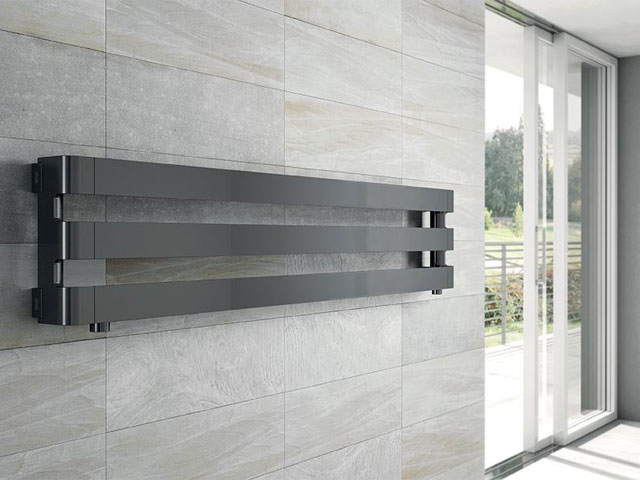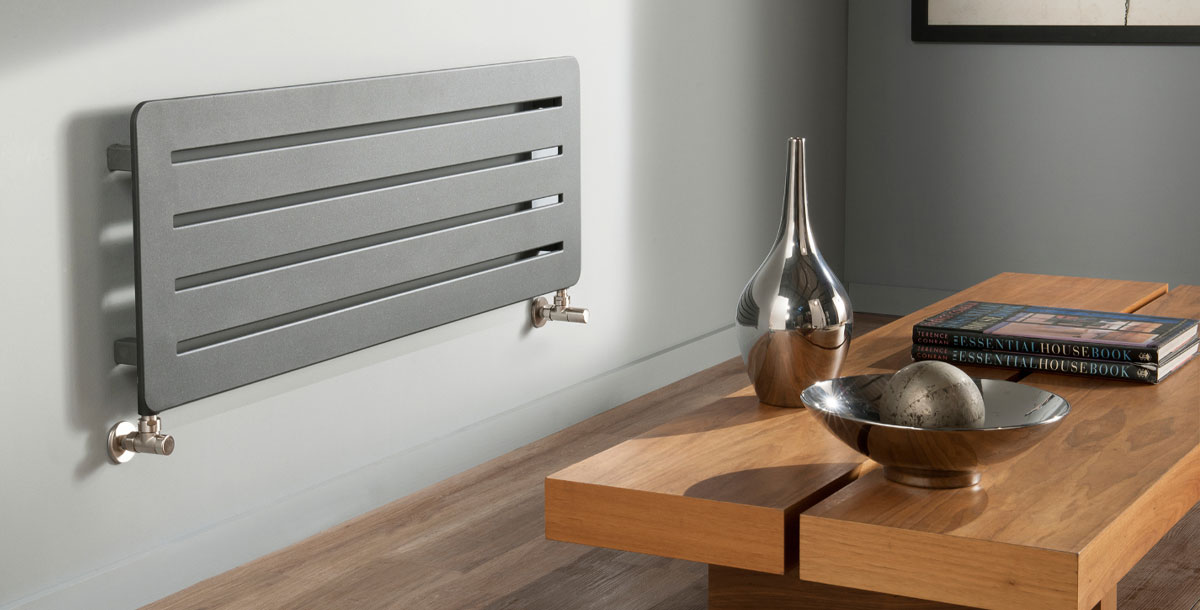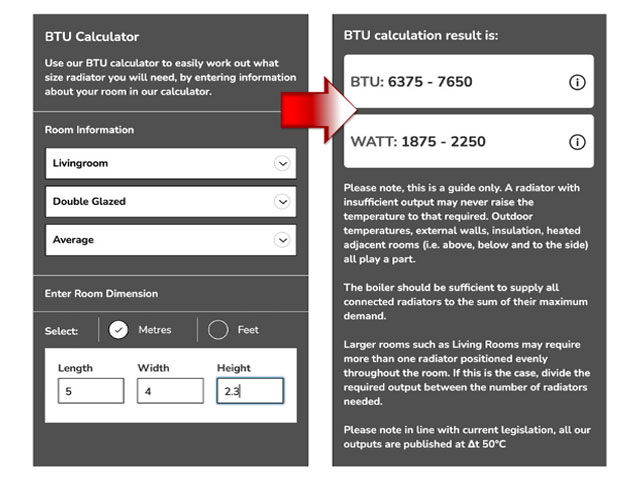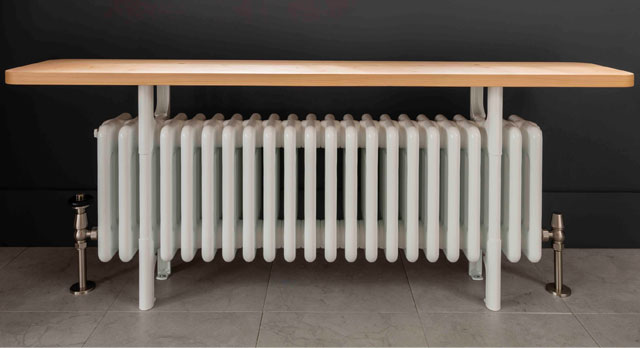How do you calculate BTU?
What are British Thermal Units and how do you calculate them? Read this handy guide...
Upgrading your central heating system and wondering what size radiator you’ll need? Then you need to know a little about British Thermal Units (BTUs).
Radiators come in all different shapes and sizes – standard ones, horizontal ones, towel heaters, bench radiators and all manner of designer options.
But they all have one thing in common – their basic function is to transfer the heat of the water within them to the metal of the radiator. They then ‘radiate’ that heat around your room through convection.

Radiators come in all shapes and sizes: Photo: The Radiator Company
BTU calculator
Put simply, the bigger the radiator, the more heat you will get out of it. But to heat any space effectively and efficiently, the radiator must be able to match its heating output performance to the space. This is measured in BTUs (British Thermal Units).
Working out the heat requirements of your room is relatively easy. It depends on the cubic space you are heating (height x length x width), and then on how well insulated and sheltered your property is. Using a heat output calculator such as the one The Radiator Company’s BTU calculator is the best method.











